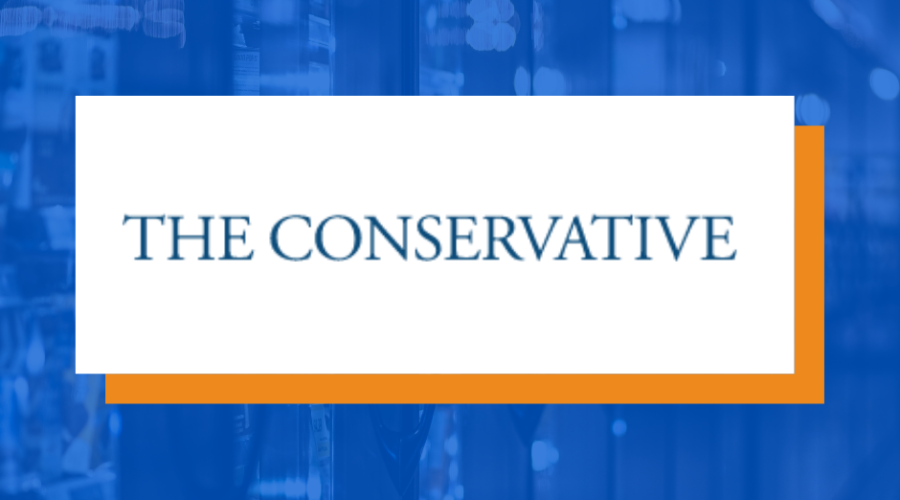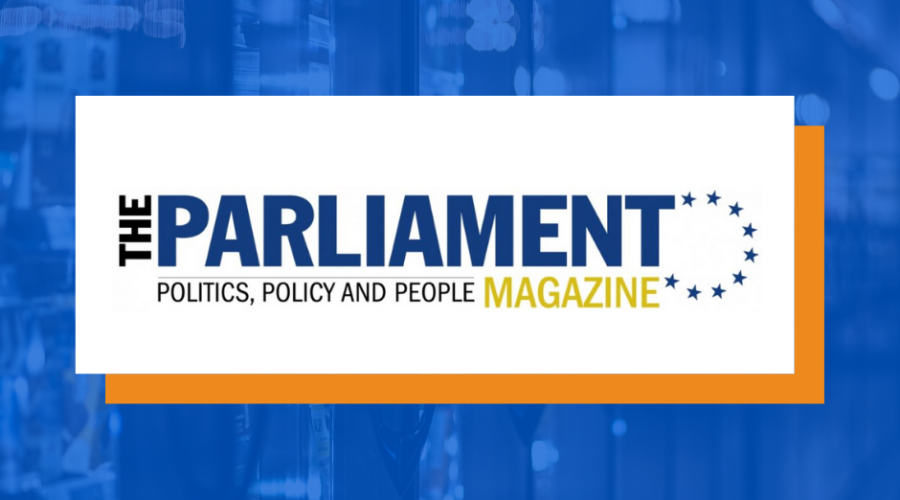Bahaya Pelarangan Vape di Negara Berkembang
Dunia saat ini masih terus berperang melawan pandemi COVID-19 yang muncul pada akhir tahun 2019 lalu. Sudah satu setengah tahun lamanya, virus yang sangat mudah menyebar antar manusia ini telah meluluh-lantahkan berbagai kegiatan, seperti acara musik dan perhelatan olahraga, serta keseharian miliaran orang di berbagai tempat di dunia.
Salah satu dampak yang paling terlihat dari munculnya pandemi ini adalah semakin banyaknya orang-orang yang sadar akan pentingnya kesehatan dan kebersihan. Semakin banyak dari kita yang menyadari bahwa mencuci tangan atau membersihkan badan setelah keluar rumah adalah sesuatu yang sangat penting untuk dilakukan agar terhindar dari segala macam penyakit, khususnya COVID-19.
Tidak hanya dari masyarakat, banyak pemerintahan di berbagai belahan dunia juga mulai mengkampanyekan gaya hidup sehat untuk mencegah penyebaran virus tersebut. Beberapa diantaranya yang kita kenal di Indonesia adalah gerakan 5M, yakni Memakai masker, mencuci tangan pakai sabun dan air mengalir, menjaga jarak, menjauhi kerumunan, serta membatasi mobilisasi dan interaksi (kesehatan.kontan.co.id, 26/1/2021).
Namun, berbagai upaya memperbaki kesehatan publik yang diadvokasikan oleh sebagian pihak guna mencegah penyebaran COVID-19 juga tidak hanya melalui kampanye, tetapi juga melalui pelarangan berbagai produk yang dianggap membahayakan kesehatan. Salah satunya produk yang kerap menjadi sasaran adalah produk-produk tembakau seperti rokok.
Salah satu negara yang memberlakukan pelarangan tersebut adalah Afrika Selatan. Pada tahun 2020 lalu misalnya, Afrika Selatan melarang pembelian produk-produk tembakau seperti rokok (bbc.com, 17/5/2020).
Akan tetapi, tidak hanya produk-produk rokok konvensional yang dibakar saja yang diadvokasi oleh beberapa pihak untuk dilarang. Salah satu produk lain yang diadvokasi oleh sebagian pihak untuk dilarang adalah produk-produk rokok elektronik, atau yang dikenal dengan nama vape, karena dianggap juga membahayakan kesehatan.
Salah satu pengusaha dan filantropi yang mengadvokasi kebijakan tersebut adalah pengusaha besar asal Amerika Serikat, Michael Bloomberg. Bloomberg telah meluncurkan inisiatif global untuk pengendalian tembakau sebesar USD1 miliar, atau sekitar 14 triliun rupiah.
Dampak dari inisiatif global yang dilancarkan oleh Bloomberg ini sudah muncul di berbagai negara, khususnya di negara-negara berkembang. Di Filipina misalnya, lembaga regulator kesehatan mulai mempresentasikan berbagai dokumen kebijakan tidak hanya melarang rokok, namun juga vape, di negara tersebutm setelah mendapatkan dana dari inisiatif global Bloomberg (brusselstimes.com, 18/3/2021).
Tidak hanya di Filipina, Meksiko juga mengalami kejadian yang serupa. Di Meksiko belum lama ini, terungkap bahwa salah satu staf pengacara dari lembaga advokasi kesehatan yang didanai oleh Bloomberg, yang bernama Campaign for Tobacco-Free Kids, telah menyusun undang-undang yang bertujuan untuk melarang impor dan penjualan produk-produk vape (brusselstimes.com, 18/3/2021).
Kebijakan ini tentunya merupakan sesuatu yang sangat memprihatinkan, khususnya di negara-negara berkembang. Pelarangan terhadap produk-produk vape atau rokok elektronik berarti akan semakin banyak orang yang beralih ke produk-produk rokok konvensional yang dibakar, atau produk-produk vape ilegal yang sangat berbahaya hingga dapat menimbulkan kematian.
Hal ini akan semakin berbahaya bila terjadi di negara-negara berkembang, apalagi pada masa pandemi, karena secara umum negara-negara tersebut tidak memiliki fasilitas layanan kesehatan yang baik. Bila produk-produk vape dilarang, terlebih lagi pada masa pendemi, maka akan semakin banyak orang yang beralih ke rokok konvensional yang dibakar, yang secara ilmiah sudah terbukti menyebabkan berbagai penyakit kronis seperti kanker dan penyakit jantung.
Vape atau rokok elektronik sudah terbukti merupakan produk yang jauh lebih aman bila dibandingkan dengan rokok konvensional yang dibakar. Pada tahun 2015 lalu, lembaga kesehatan Britania Raya, Public Health England (PHE), mengeluarkan laporan bahwa vape atau rokok elektronik merupakan produk yang 95% jauh lebih aman bila dibandingkan dengan rokok konvensional yang dibakar (Public Health England, 2015).
Oleh karena itu, kebijakan untuk memperbaiki kesehatan publik dengan cara melarang produk-produk vape atau rokok elektronik adalah kebijakan yang tidak tepat. Untuk memperbaiki kesehatan publik dari dampak negatif dari rokok konvensional, akan lebih efektif bila dengan membeirkan opsi produk lain yang lebih aman kepada para perokok.
Hal ini sudah terbukti di negara-negara di mana pemerintahnya bukan melarang produk-produk vape, namun justru mendorong para perokok untuk beralih ke produk-produk rokok elektronik yang jauh lebih aman. Di negara-negara tersebut, jumlah perokok justru menjadi berkurang. Di Selandia Baru misalnya, berdasarkan survei tahun 2018, ada 13,2% perokok. Jumlah tersebut berkurang dari tahun 2013 ketika angka perokok sejumlah 15,1% (stats.govt.nz, 10/10/2019).
Sebagai penutup, bila kita ingin membantu para perokok, khususnya di negara-negara berkembang yang jumlahnya sangat besar, maka kita harus mampu menyediakan produk alternatif yang dapat digunakan oleh para perkok untuk menghentikan kebiasaannya. Jangan sampai, intensi baik kita untuk memperbaiki kesehatan publik justru semakin menghasilkan sesuatu yang lebih buruk.
Originally published here.








